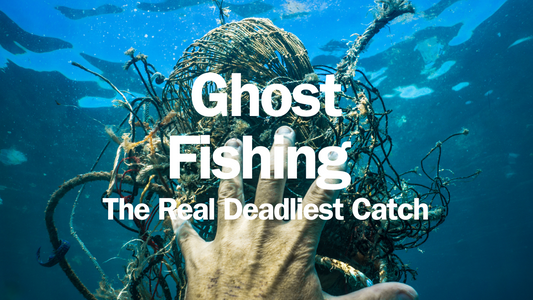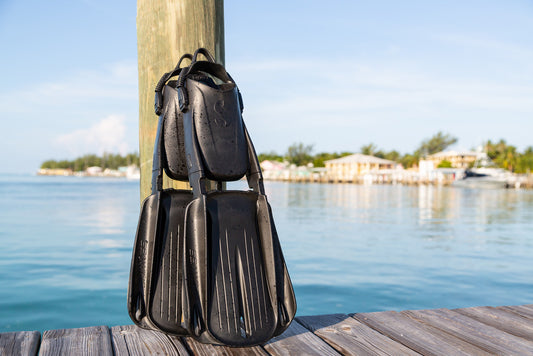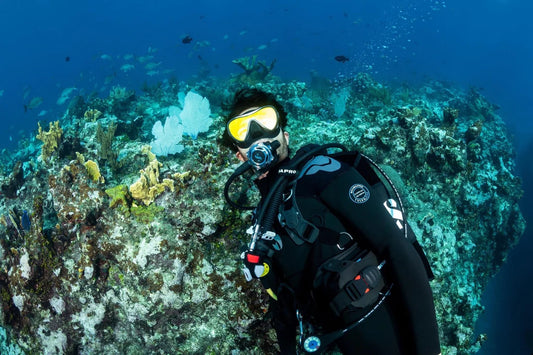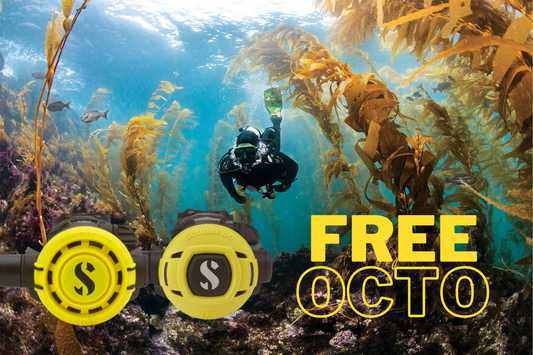
Gone are the days when the most difficult part of learning to dive was struggling into a wetsuit. People were often heard cursing not always quietly as they disappeared behind clouds of talcum powder, fighting their way sweatily into an unforgiving suit. Mike, the never-to-be-forgotten founder of Mike's Dive Store, often reminded me of how I first collided with him in a claustrophobic little dive shop in Fulham Palace Road. I was stuck half in and half out of a too-tight suit in the changing room at the back of the shop and he always laughed as he did an impression of my muffled voice shouting, "Will someone get me out of this?"
The thing was that if a wetsuit wasn't tight fitting, cold water would flush through it and the wearer would soon get cold. The same rule applies today save for the fact that modern neoprenes are super flexible, unlike the more rigid stuff of yore. Nowadays I find myself slipping into a wetsuit as easily as the Gimp would have liked to with Bruce Willis's character Butch Coolidge in the closing scenes of Quentin Tarantino's Pulp Fiction.
However, wetsuits come in different material thicknesses and it's good to choose the appropriate one for where you intend to use it. There is nothing worse than getting cold during a dive.
A lot of misinformation can get dispensed in dive shops. I've witnessed someone declaring that they are going to the Red Sea in January and been advised to buy a 3mm Shorty Wetsuit. I've even met those same people on their dive trip and asked them if they were warm enough. Generally they confess that they don't do as many dives as they would wish because by the end of the day they are simply getting too cold. Wit the risk of getting skin abraded by coral, rocks or even the rusty metal of wrecks, I wouldn't advise anyone to get a suit without a full covering of the legs - but that's just my advice.
People come in all different shapes and sizes and their tolerance to the cold is just as variable. It's very difficult to guess what might be right for you in specific circumstances. However, I will say that I have never abandoned a dive because I was too hot while underwater.
A good option is to choose a suit that you can wear in layers. Recently I was in the Maldives and I was unsure whether to take a 3mm neoprene wetsuit or a lightweight Sharkskin suit. In the event I ended up wearing both because a 5mm thick suit would have been more suitable for those exact conditions.
On the other hand, if you intend to dive in Wraysbury Lake (hopefully in the Summer) a 7mm full-length wetsuit combined with a 7mm jacket and hood over it will be the order of the day. You'll notice most divers actually wearing drysuits at this location.
Some of us are less able to tolerate tropical conditions encountered at the surface and find wearing any sort of suit something of a trial. That's why it's even more important to find a suit that clings to you well but is easy to slip into at the last minute before diving. You don't want to find yourself sitting around dissolving in a pool of your own perspiration!
Most people would think it rather silly to opt for a diving hood if you are going somewhere very warm but remember that a tropical sun can be very harsh and if you don't have any natural head covering a lightweight hood will stop the top of your head from getting sunburnt whilst you are waiting to be picked up at the surface.
Happy Diving - John Bantin




